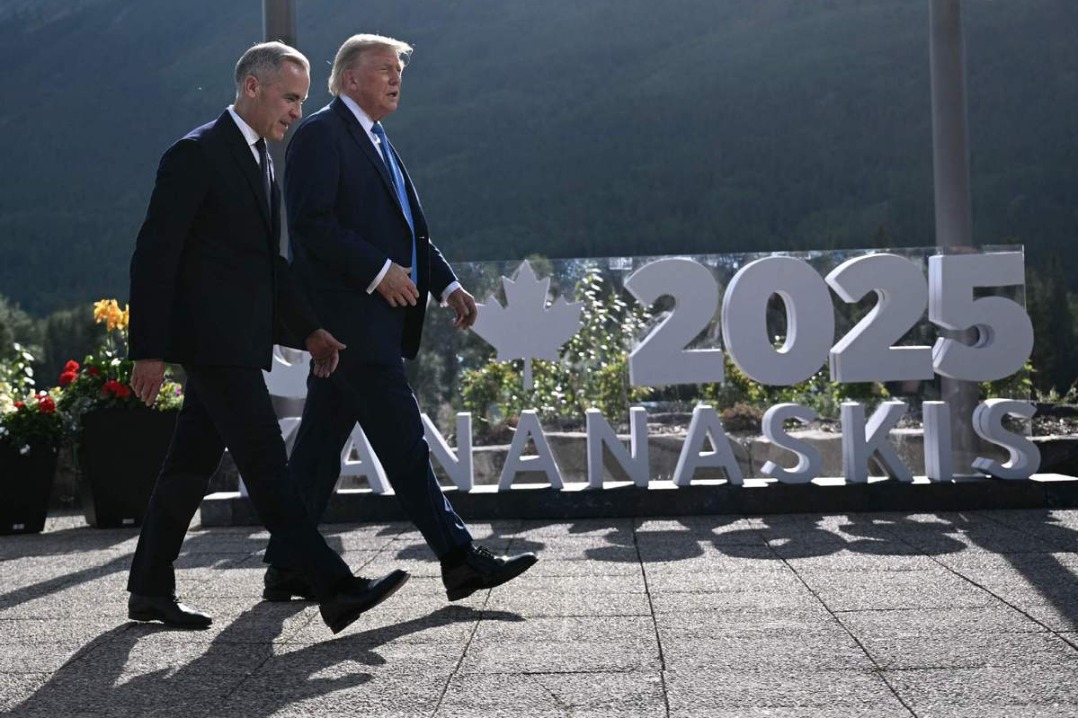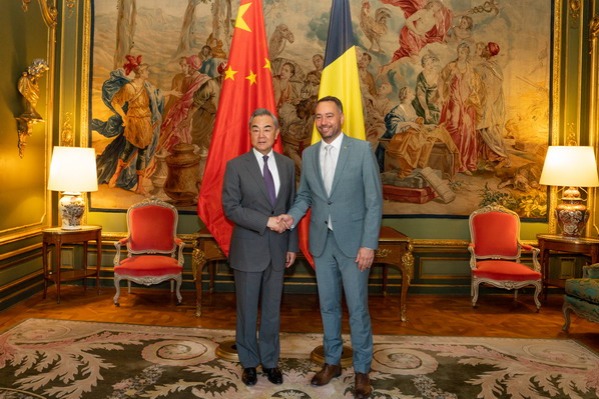Trade uncertainty could weaken ASEAN growth this year and next


Growth in the ASEAN region could slip below 4 percent by 2026 as trade policy uncertainty in the United States reaches unprecedented levels, economists warned at a seminar organised by the ASEAN+3 Macroeconomic Research Office (AMRO) on Wednesday.
US President Donald Trump's "Liberation Day" tariffs have dampened AMRO's original projections, reducing the region's growth forecast from 4.7 percent to between 4.4 percent and 3.8 percent in 2025, economist Wang Haobin said during the seminar on the region's economic outlook, co-organised with the Economic Society of Singapore and ESSEC Business School.
The ASEAN+3 bloc, which includes economies in ASEAN, China, Japan and South Korea, will see growth slip to 3.8 percent this year and 3.4 in 2026 under a worst case "Liberation Day" scenario. Growth in China, Japan and South Korea would also shrink this year and further in 2026.
ASEAN+3 bears a disproportionate burden of new trade measures, and despite a 90-day pause on tariffs on all economies except China, trade uncertainty is now at an unprecedented new high, Wang said. "Even without the tariffs being implemented, this uncertainty itself would have very material economic impacts on the region."
Even then, the region has remained resilient as it enters this period of trade turmoil.
ASEAN+3 economies have reduced their reliance on the US as a key export market, with exports to the US now accounting for only 15 percent, down from 23.6 percent in 2000. Meanwhile, China has overtaken the US as the largest final consumption market for the region, with 14.3 percent of ASEAN+3's domestic value-added exports going to China, compared to the US' 12.2 percent, according to AMRO.
Consumption and investment has consistently supported regional growth, with domestic demand a key driver, Wang said. "The region benefits from robust domestic demand, reduced reliance on the US and also policy space to manage near term risks."
ASEAN+3 economies face longer term structural challenges that will continue to shape the region's growth trajectory, with potential growth decelerating from around 4 percent in 2023 to less than 3 percent by the end of 2050.
This slowdown has largely stemmed from slower capital accumulation and investment, with industrialization remaining uneven across the region. Structural transformation in the services sector is also far from complete, with workers in the services sector moving into lower value jobs.
"What this implies is that even substantial employment shifts from agriculture, for instance, into services, may end up generating very limited productivity gains," Wang said. "We should remain focused on our longer term growth priorities despite these near term risks."
The bloc has notably not had a collective response to Trump's tariffs, said Manu Bhaskaran, a council member of the Economic Society of Singapore, while China has an impact from its competitiveness and size. "So I can see countries in this region and elsewhere trying to evolve strategies that mitigate against both these shocks."
Even when forced to choose between the world's two largest economies, ASEAN cannot take sides, said Taimur Baig, chief economist at DBS Bank.
"If one party comes to us and says 'you must take sides', we will just say no," he said. And if there's a price to pay for it in the short term, we'll pay the price, because in the longer term, we will suffer more if you take one side against the other."
In light of trade volatility, regional economies can pivot towards services — which are currently not subject to tariffs — to make their economies more resilient, said Selena Ling, chief economist at OCBC Bank.
"ASEAN can do a lot of things" in terms of economic resilience, Ling said.
The writer is a freelance journalist for China Daily.


































